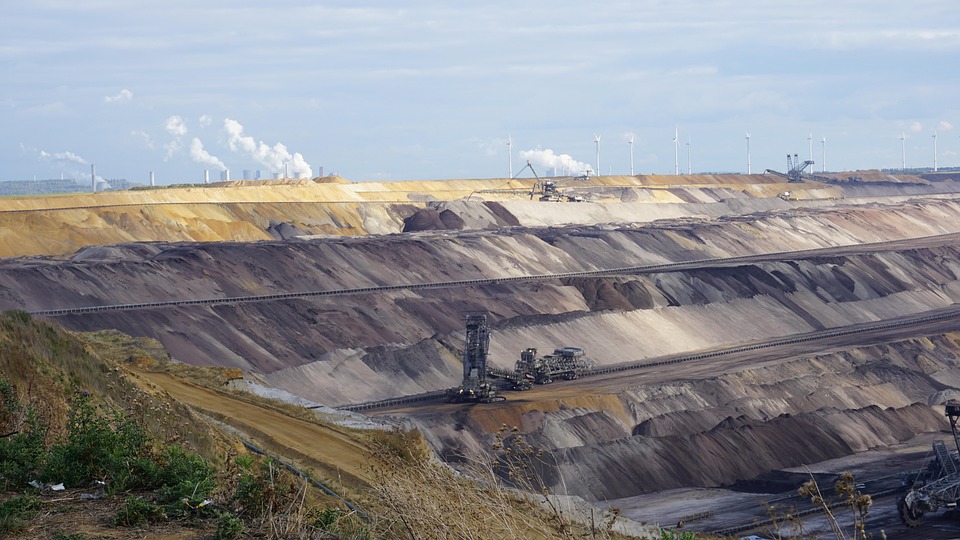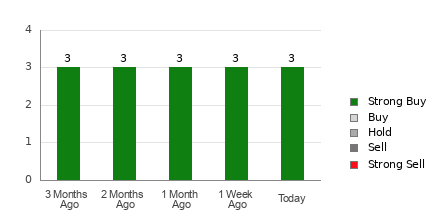The Push for Deep-Sea Mining
As the International Seabed Authority (ISA) prepares for discussions on deep-sea mining, industrial interest in the potential for large-scale mineral production intensifies. John W. Lodge, the Jamaican representative to the ISA, voiced the allure of cost-effective mineral extraction from the ocean floor. This commercial interest gains further momentum as Norway becomes the first nation to authorize seabed mining exploration in its territorial waters. The confirmation by Norway’s parliament signals a significant step toward the widespread implementation of deep-sea mining activities.
The Bounty Below the Waves
The allure of deep-sea mining stems from the valuable metals and minerals concealed beneath the ocean surface. Extensive deposits of cobalt, nickel, copper, and manganese in potato-sized nodules present a lucrative opportunity for resource extraction. Estimates project the reserves to hold a staggering value ranging from $8 trillion to over $16 trillion. Furthermore, a study published in the Journal of Cleaner Production emphasizes the potential environmental benefits of extracting battery metals from these nodules. The research suggests a substantial reduction in CO² emissions by 70-75%, 94% less land use, and the elimination of 100% of solid waste.
The Murky Environmental Concerns
Amid the fervor surrounding deep-sea mining, scientists caution about the uncertain and potentially devastating environmental impact. Concerns linger over the irrevocable damage and species extinction that may result from this uncharted industrial territory. The absence of concrete evidence due to the absence of prior deep-sea mining operations intensifies the debate, with environmental groups advocating for a more cautious approach.









